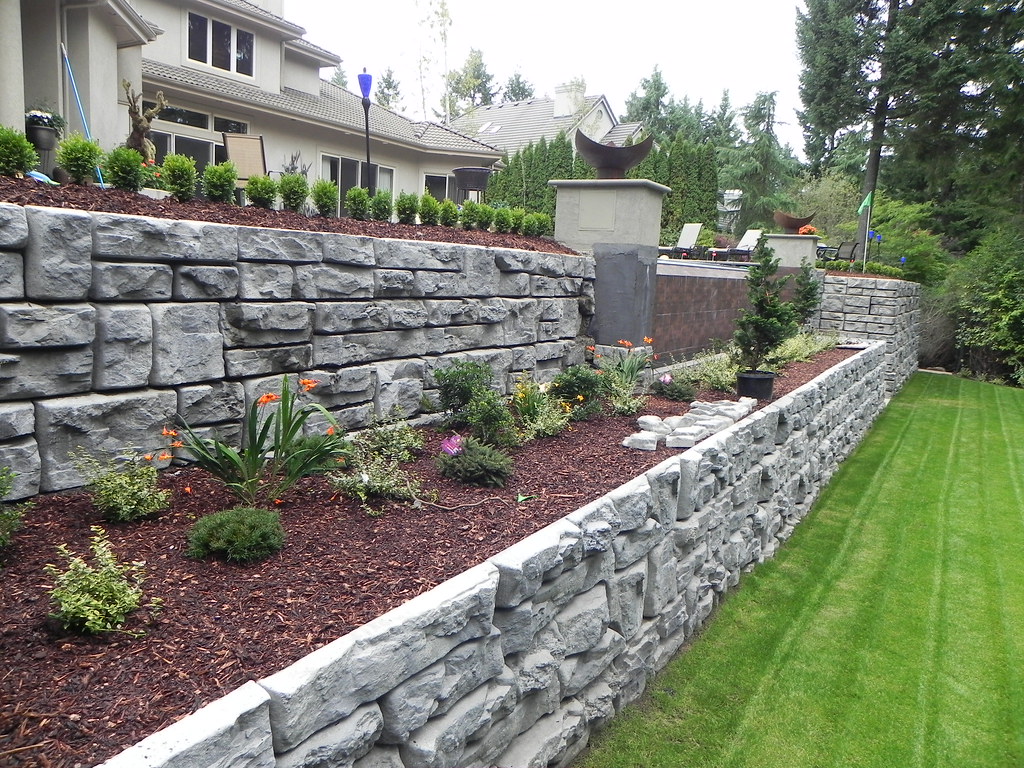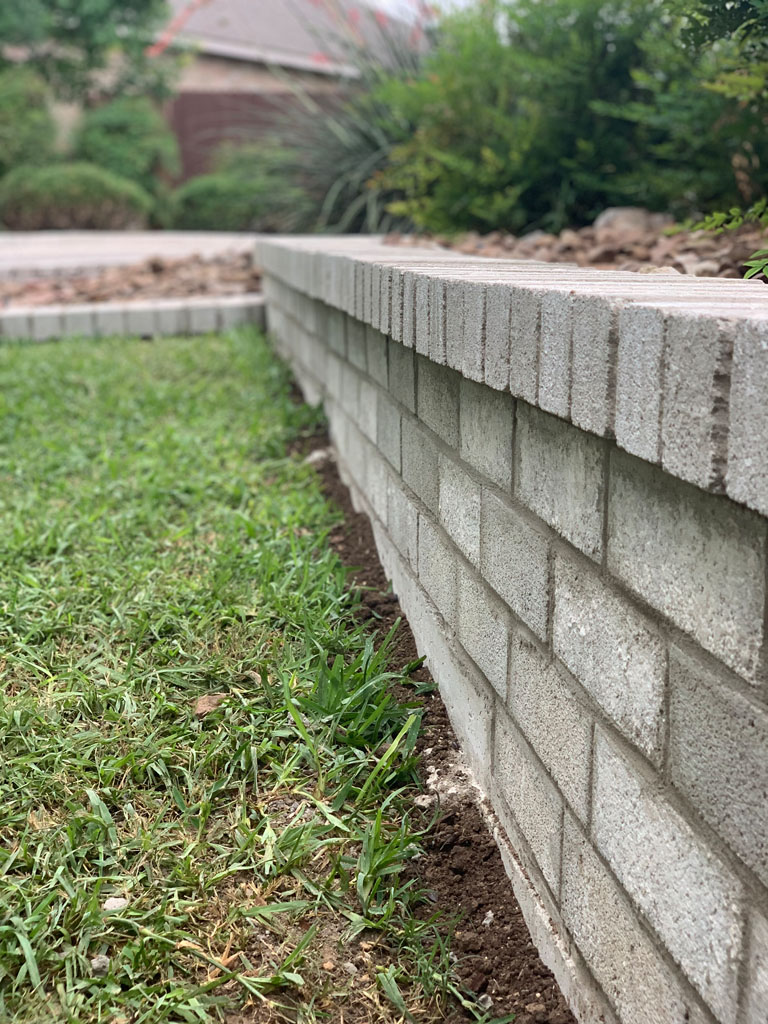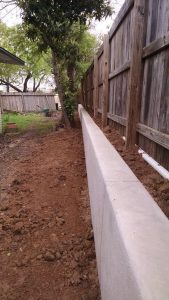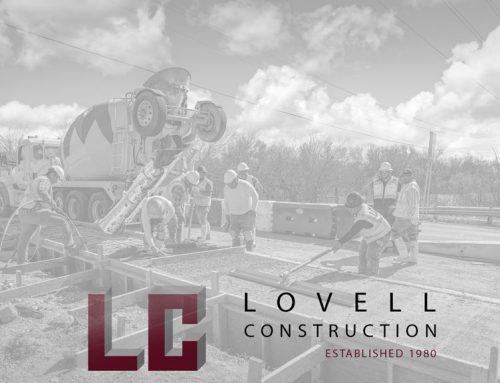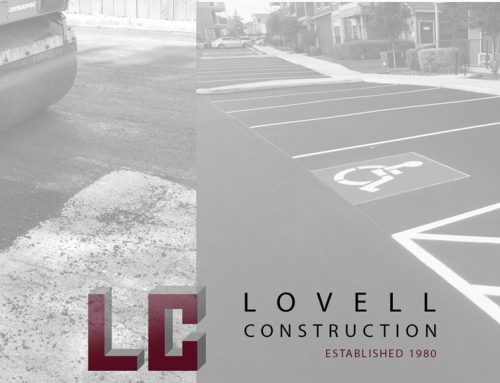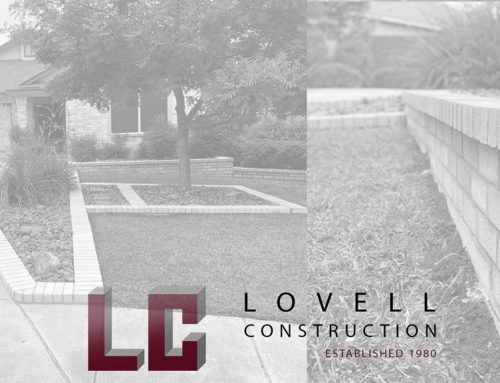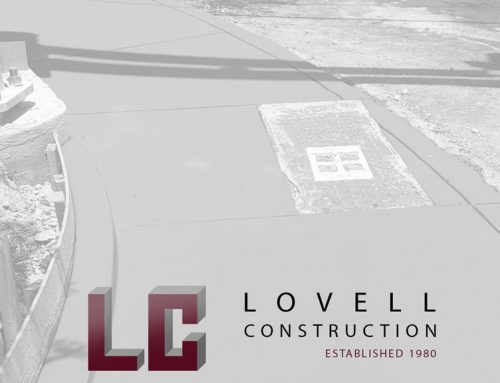CMU Retaining Walls
Spring is here and it’s time to put a little work into your yard. Maintaining your lawn is one thing but what if you want a garden? Planting a flowerbed is a nice addition but how about you take it to another level; by adding levels. Building small CMU retaining walls in your yard or against your house will make your yard look fuller and more beautiful.
What is a CMU retaining wall?
CMU stands for Concrete Masonry Unit. It’s a standard size block used in the construction of walls and buildings. A retaining wall is exactly what it sounds like. It’s a wall that holds back soil from spilling down or eroding. It’s especially useful, and possibly needed if you have a yard that slopes, but it can be applied just for design as well.
Retaining walls can be made of CMU blocks, bricks, stones, and wood. They all look attractive but CMU blocks are the sturdiest. Just like sidewalks, CMU walls can be made stronger by adding rebar to the structure; rebar stands for Steel Reinforcement BARs. You’ll want the wall to be as strong as possible because it may, believe it or not, have to hold back 1 to 15 tons of soil depending on how tall and long the wall is. The length of the wall can vary to your needs but the height should remain within 3 to 4 feet high. It’s low enough for you to reach over and tend to your garden and it’s also a good height to easily sit on. A taller wall can be built but it will need more reinforcements to stabilize it and an engineer will need to be hired to design it.
What do CMU walls look like?
You’ve probably seen CMU walls before but never realized it. Take a look at the the walls of a basement or gym. Those blocks you see are CMU blocks but the general term people use is “cinder blocks”. Although they look alike, their compositions are different. CMU walls can keep their natural appearance or since it’s so strong you can add another material to its facade like brick, tile, and stone. So now you can have that brick or stone wall like you want but it’ll have the strength of a CMU wall.
CMU Wall Preparation
Are you ready to start building that wall? There are a few more things to understand in its construction. First you’ll need a good base set underground. It’s made of hard, compacted soil and a layer of gravel. Next there should be a perforated pipe for drainage. Water can’t pass through CMU blocks so they will be damaged without proper drainage. You should also add a waterproof membrane to keep moisture from directly touching the blocks.
After that you can add more gravel and then a layer of dirt called “back fill”. Once you have most of the area filled with back fill, you can finish it off by adding 6 to 8 inches of healthy soil to set your plants and flowers in.
Can I Build The Wall Myself?
The wall itself is pretty simple to make but the whole process is complicated and the bigger the wall is, the more complex the process. If the whole installation isn’t done right; damages will occur. Staining will appear if moisture connects with the wall. Cracking and bulging will happen without proper reinforcements and drainage. Worse of all, the wall could collapse.
Hire Lovell Construction Group, LLC to build your CMU retaining wall. Find us on our contact page or call us at (726) 227-3338.

